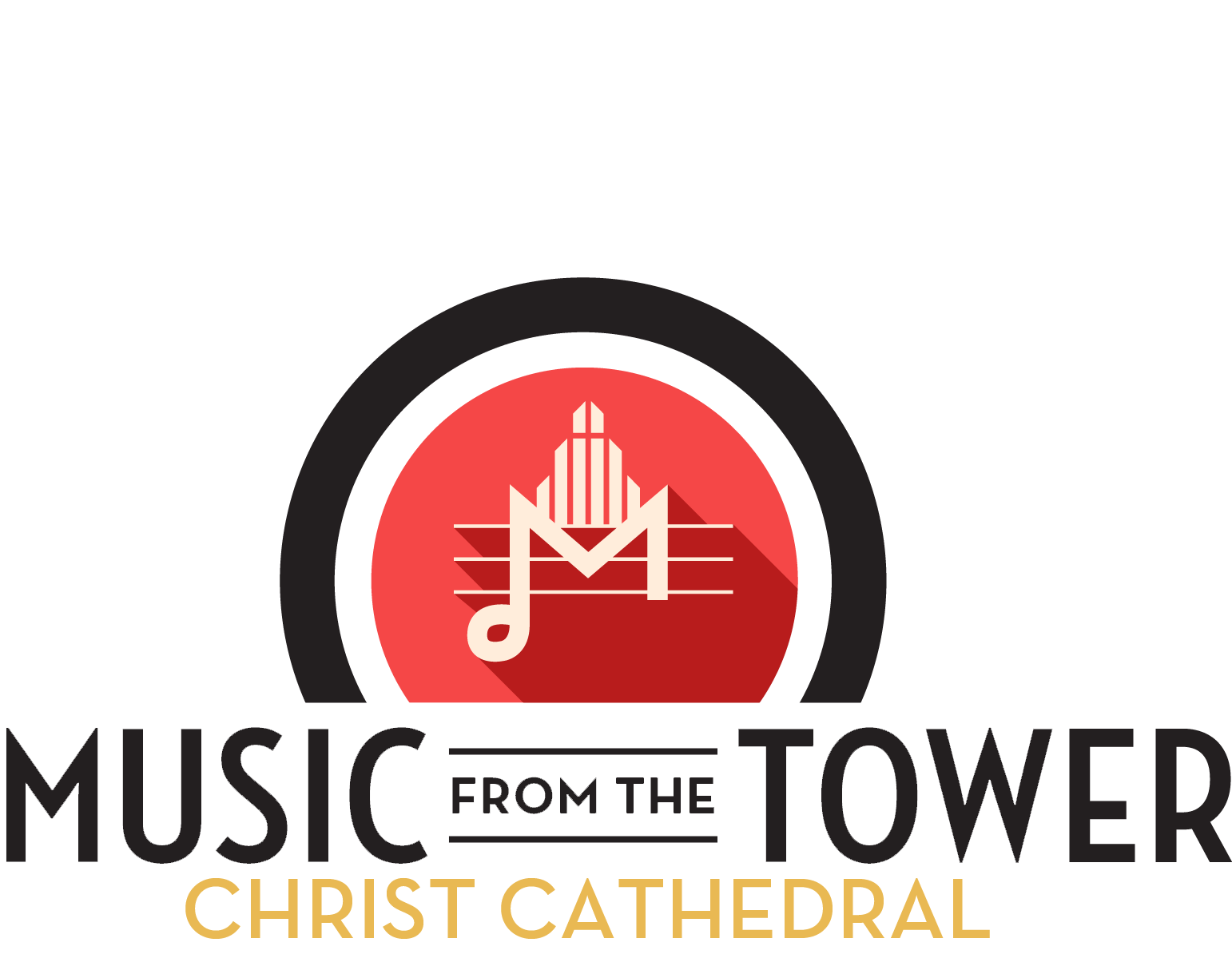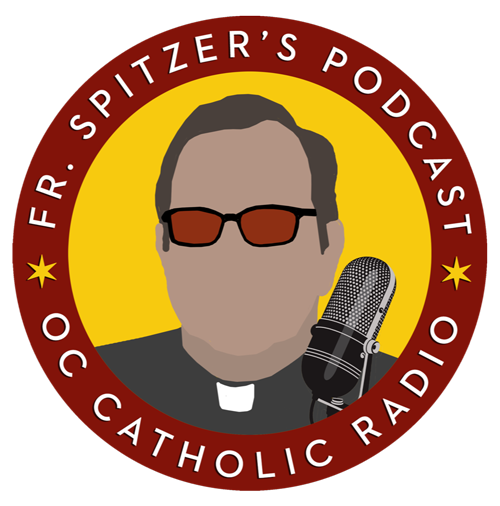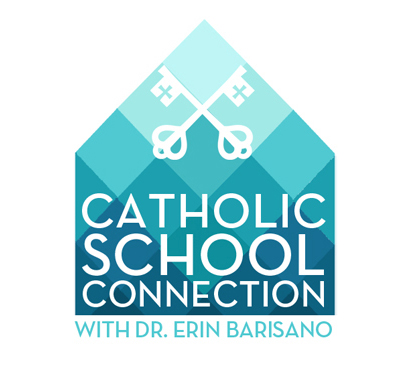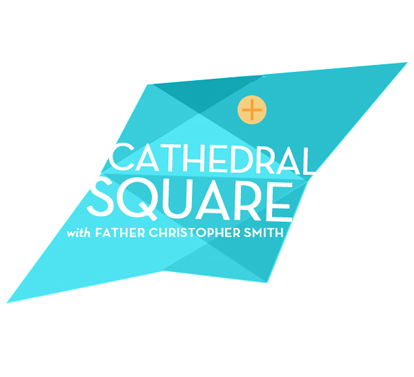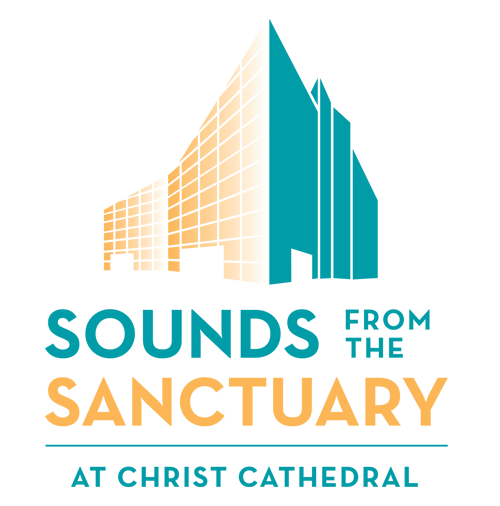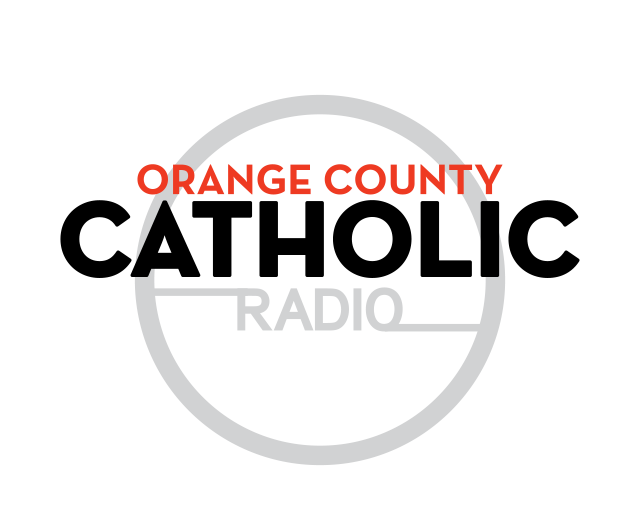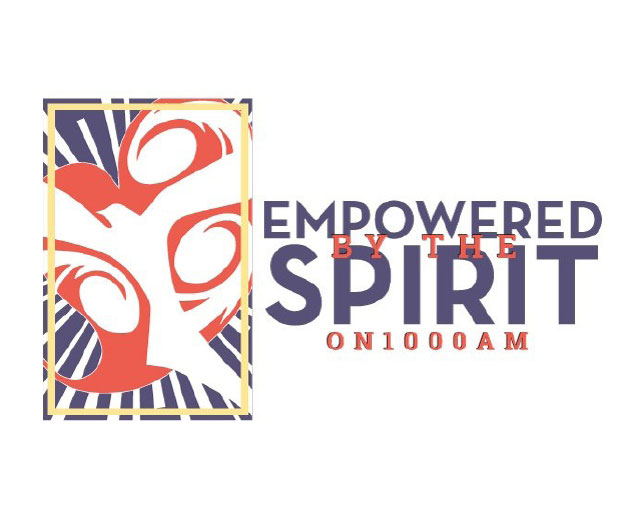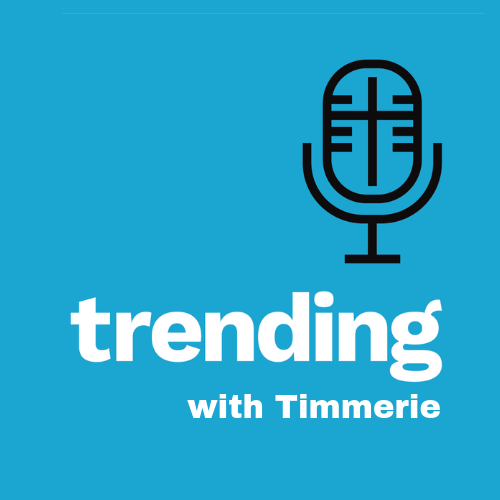We sit at the computer, we sit watching TV, we sit in our cars. “We’re a sitting society, not a walking society,” says Stacey Dale, DPT, OCS, senior physical therapist at Mission Hospital. The result? Patients show up at her door with neck and back pain.
Dale has an insider’s understanding of the pains and strains that bring patients to her office. While some pain is the result of stiffness or weakness from being sedentary, many of their pains are exercise-related.
Don’t start exercising too soon, too fast
In a burst of enthusiasm, some people force their bodies to do more than they’re prepared for. “I see a lot of overuse injuries when people jump into a new exercise program too soon, too fast,” she says. “I see a lot of tendinitis — inflammation or swelling of a tendon.” Common problem spots in the body are the shoulder, elbow, wrist, hip, knee, and ankle, according to the National Institute of Arthritis and Musculoskeletal and Skin Diseases.
“Runners who do too many miles too soon can get shin splints — the muscles in the front of the lower leg get inflamed,” she says. Tendinitis of the Achilles tendon is also common. People who develop these painful conditions — some are “weekend exercisers” with no time to work out during the week — usually have to stop running for a period, or ratchet down their routine.
Take the time to build up an exercise routine slowly—do it for less time and with less intensity at first—and pace yourself. “I tell patients who are planning on going into high-intensity programs to spend some time and money to consult an athletic trainer or physical therapist,” says Dale. “Get a little guidance—do it preventatively.” Such experts can offer training and technique advice that can help prevent injury and pain. “I’d rather see patients before they get injured, than after,” she says.
Other common exercise-related injuries include “tennis elbow,” in which the tendons on the outside of the elbow become inflamed from overuse, and “golfer’s elbow” where tendons on the inside of the elbow are strained with repetitive movement, according to the Mayo Clinic. Not stopping when fatigued and being over age 40 are risk factors for these types of injuries.
Warm-ups can help
Experts say that dynamic stretches such as front kicks, hip circles, arm swings, etc., will warm muscles and get the heart rate up too. “I’m pro stretching,” says Dale. Static stretching—holding one stretch position for 30-60 seconds—before exercise might actually inhibit fast movement, according to research.
The key is to stretch after a workout to avoid soreness, she says. “A buildup of lactic acid in the muscles causes soreness after exercising. So if you can stretch those muscles afterward, you can stretch those lactic acids out.”
Age-related exercise pain
“Older people often get arthritis, and I would limit weight-bearing exercise like running for them—unless they’ve run their whole lives,” says Dale.
“I recommend aquatic rehab, swimming or biking,” says Dale of her older patients who have arthritis or exercise-related pain. “Water exercise is more forgiving, and doesn’t result in many joint injuries.” The Arthritis Foundation website features several workouts that will relieve arthritis pain.
Soothing an injury
If you suffer an injury while exercising, see your doctor. For most sprains and minor muscle injuries, the prescription is RICE—rest, ice, compression and elevation. Over-the-counter pain medication will help too.
“But if you’ve had a pain for years, and it comes and goes, a hot tub can help,” she adds. “Heat can offer relief for chronic pain.”
Preventive measures
Dale recommends being aware of our bodies’ needs and limits. “If you do have to sit at your computer,” she says, “get up every 30 minutes to stand straight and stretch.” Learning to take care of one’s body can be a life-long solution to exercise-related pain.


